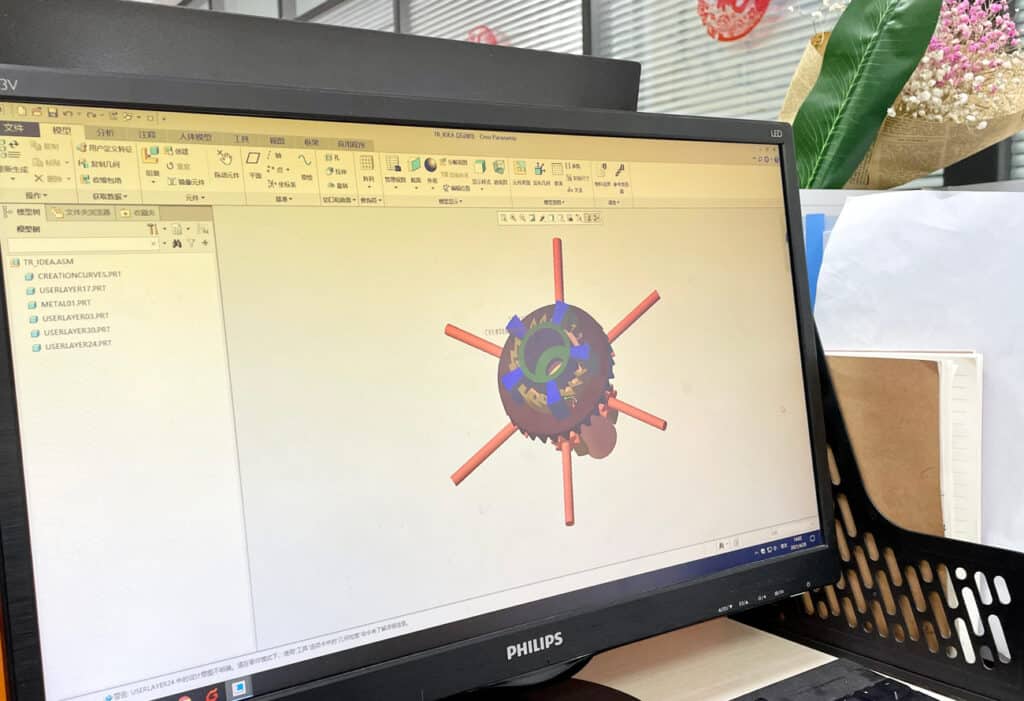In Precise Cast, when designing a metal casting, our engineers know very well the relationship between materials and methods which is key to manufacturing a product of quality and value. In quality casting, also requires professional knowledge of various metals and casting methods to get the best value. Our professional metal casting experts can create the simplest mold which will get an expected geometry of the casting part. Metal casting designs may also require a certain grade of finishing for aesthetic or mechanical reasons.
The mechanical requirements determine what kind of metal is best for a product. Our engineers choose metals and casting methods to meet these demands, and creates a design using their experience of how material and method influence each other in the casting process. It is also important to know the behavior of metal in liquid, cooling, and solid states when creating a design, which will minimize problems on the production floor.

There are four main metal characteristics that affect the result of a casting design: Fluidity, Shrinkage, Slag or Dross formation, and Pouring temperature.
Knowing the crystallization, heat transfer, and shrinkage rates of a given metal allows an engineer or metallurgist to predict the pattern of crystallization through the casting.
Knowing the crystallization, heat transfer, and shrinkage rates of a given metal allows an engineer or metallurgist to predict the pattern of crystallization through the casting.
Hot spots in cooling castings can be formed where there is an increased thickness in the material. Where possible, it’s helpful to design castings of uniform thickness, but when it is not possible, designs can minimize the strain by gradually changing the slope of walls and making sure that in all places the minimum metal thickness is preserved.
Hot spots in cooling castings can be formed where there is an increased thickness in the material. Where possible, it’s helpful to design castings of uniform thickness, but when it is not possible, designs can minimize the strain by gradually changing the slope of walls and making sure that in all places the minimum metal thickness is preserved.
The casting mold must be able to handle the behavior of metal while it cools. Expansion, contraction, and off-gassing (gasses evolving from the mold during pouring that gets trapped in the solidifying casting) are all possibilities, depending on the metal being used.
Different molding methods produce different finishes. If a product needs a fine finish, the molding processes tend to be more expensive. Sometimes precision finishes are only needed for some of the products, most of the castings with a fine surface finish can be machined after de-molding.
Precise Cast is redefining how today’s manufacturers create, refine, and deliver products. If you need high performance, design freedom, and flexibility, we should talk.
Contact our team today to get your investment cast parts in half the time.